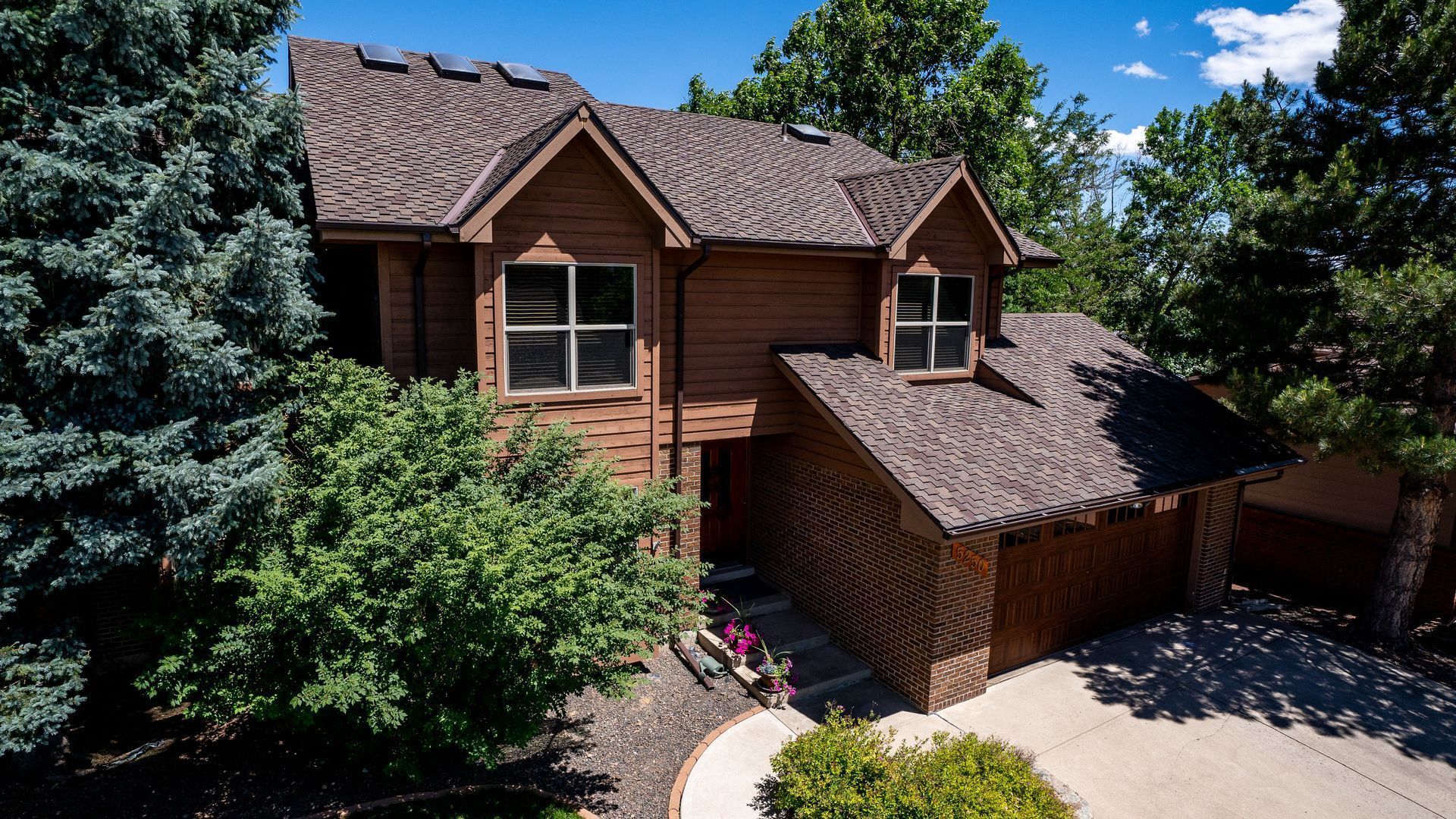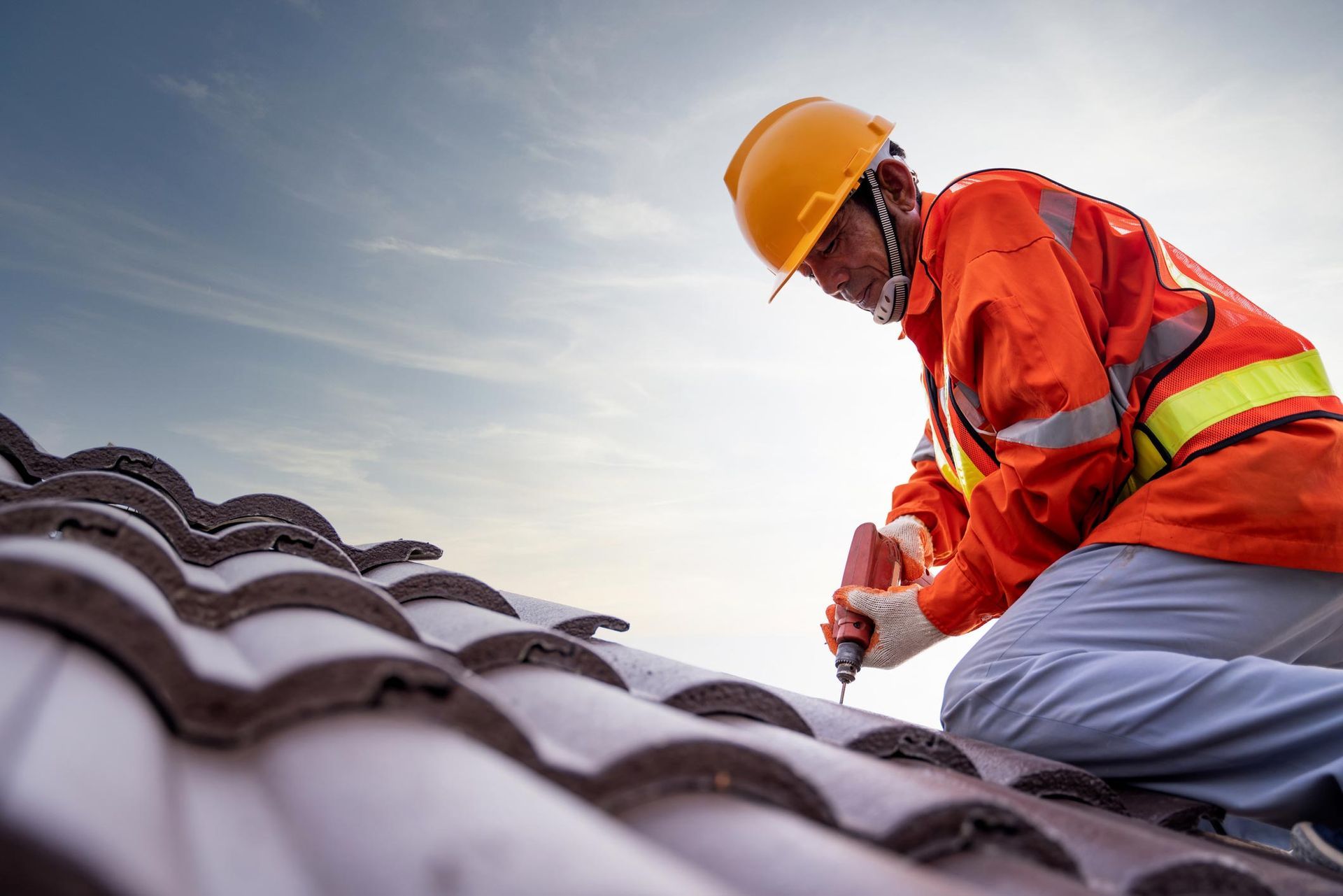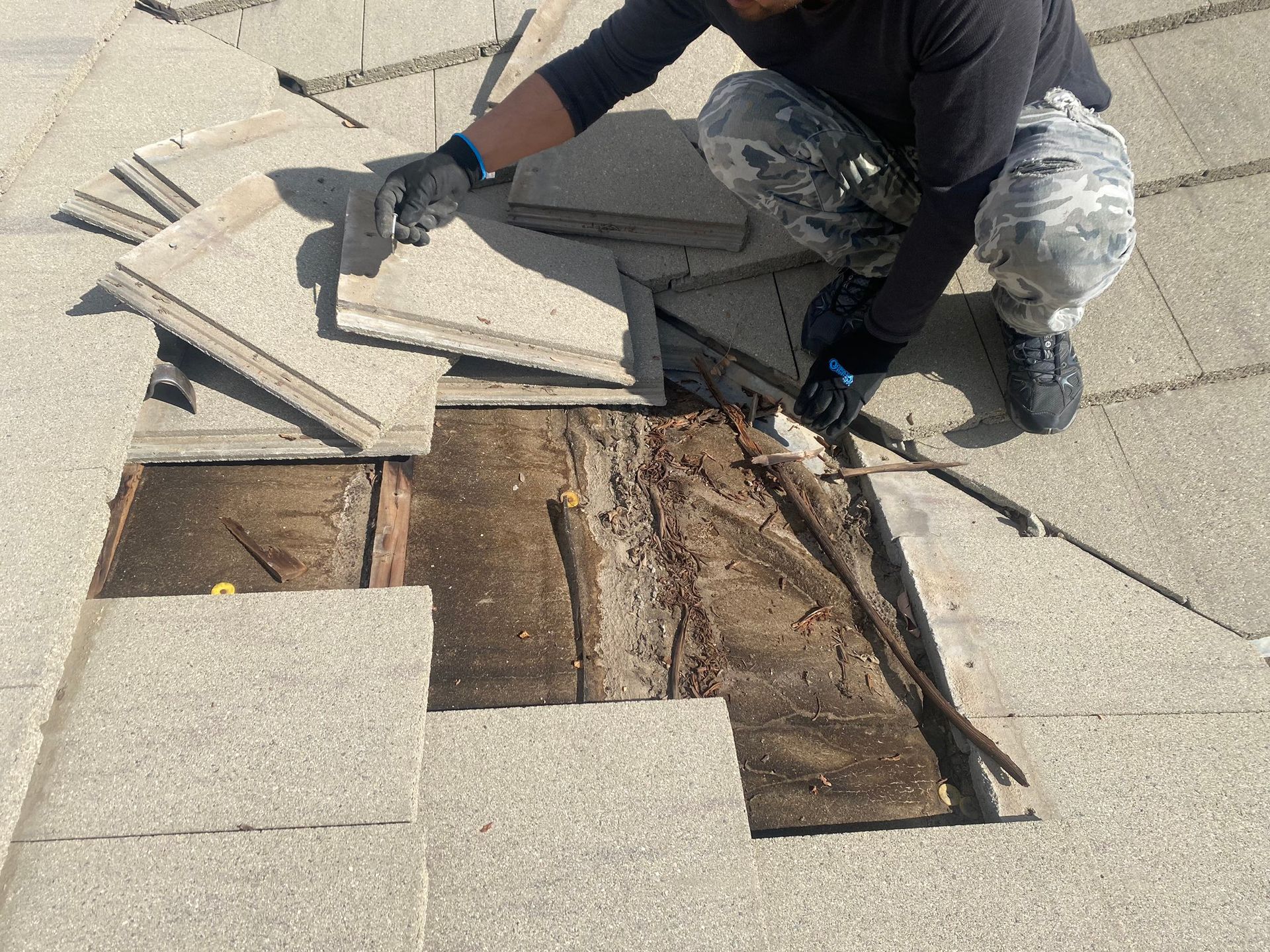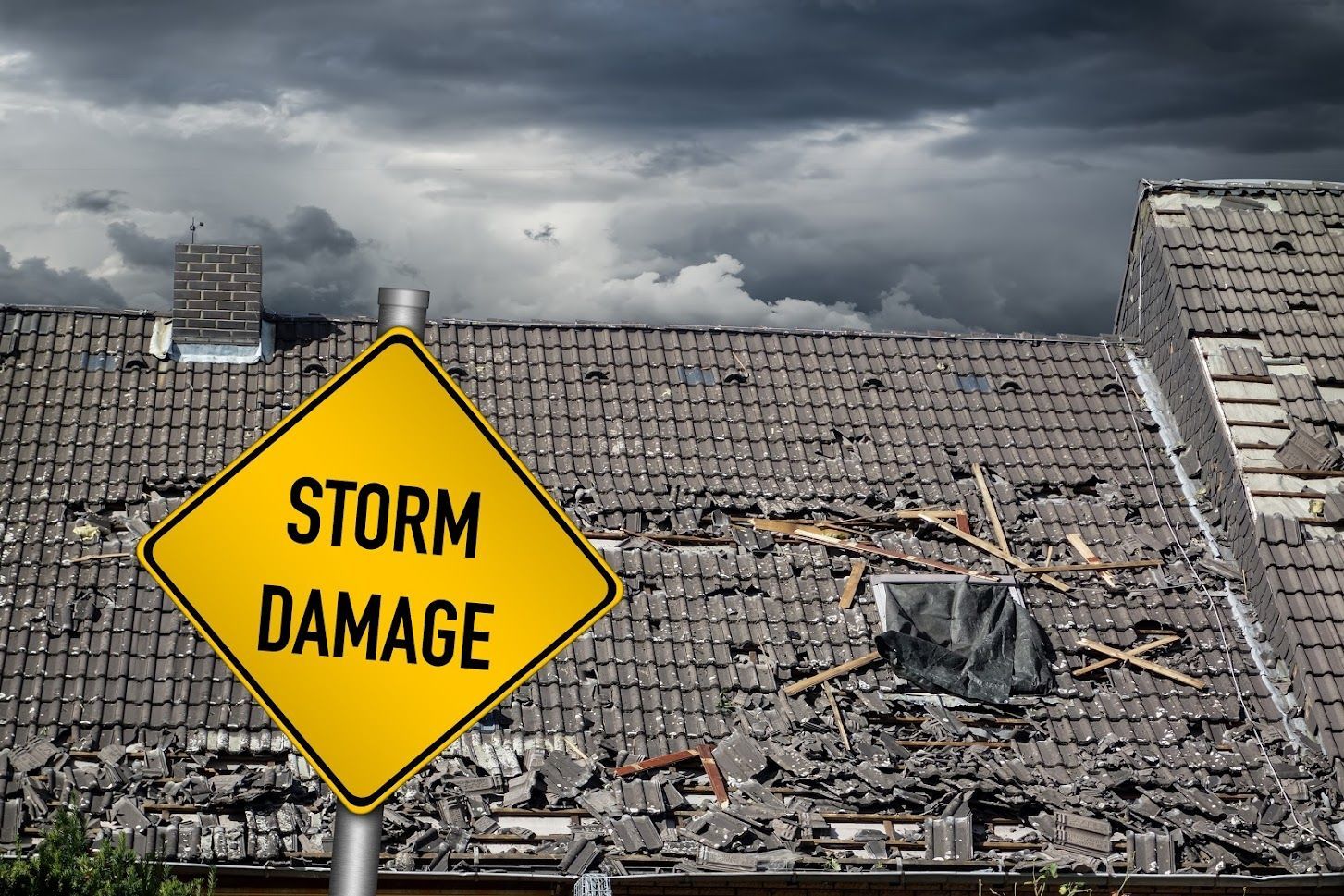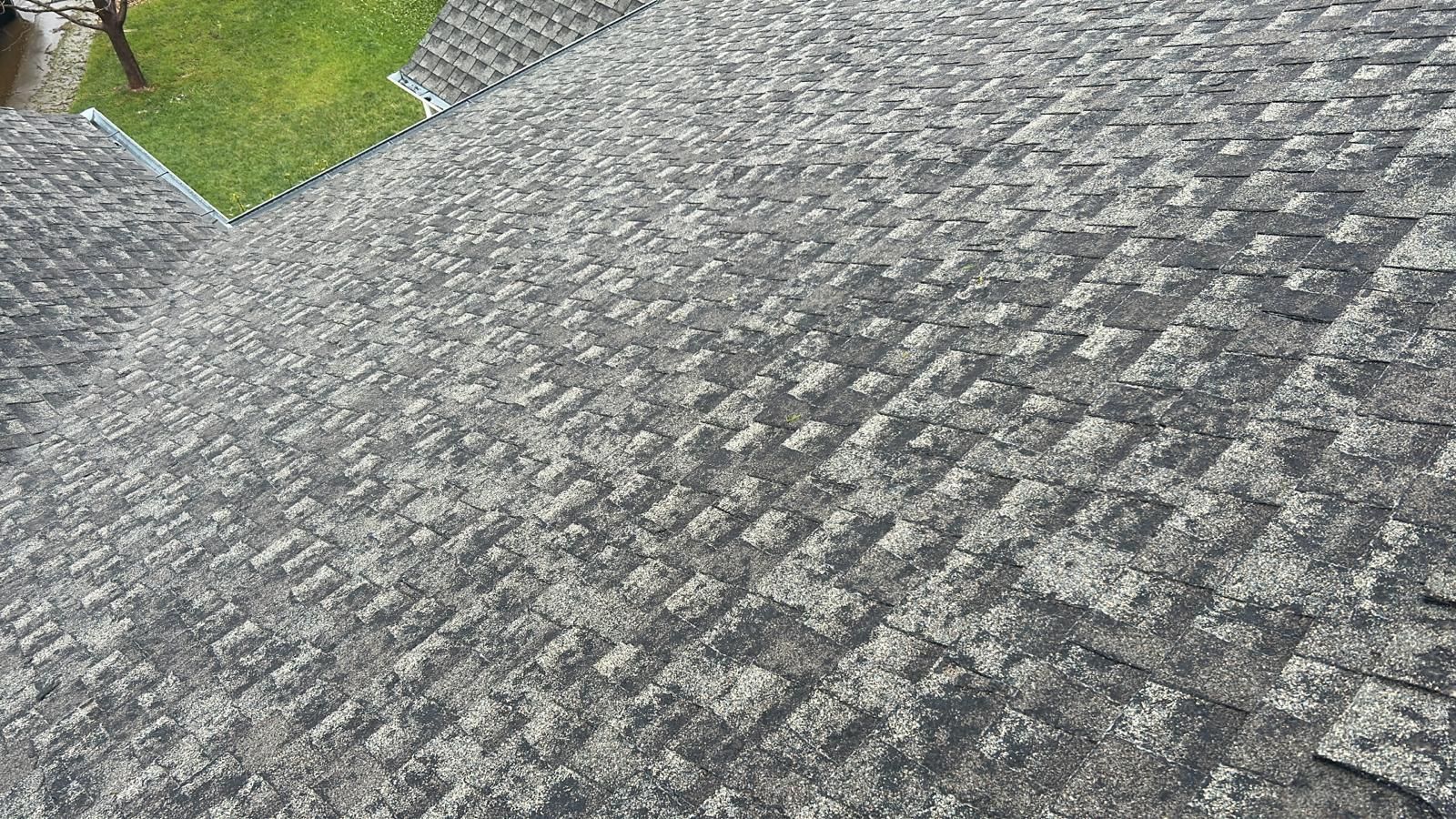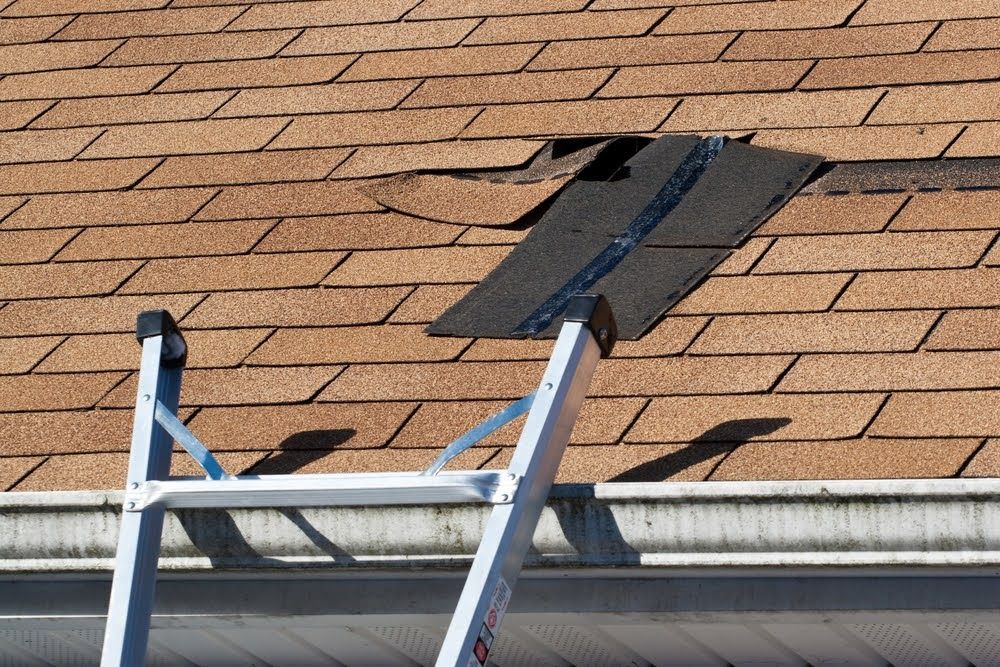The Impact of Hail Damage on Your Roof
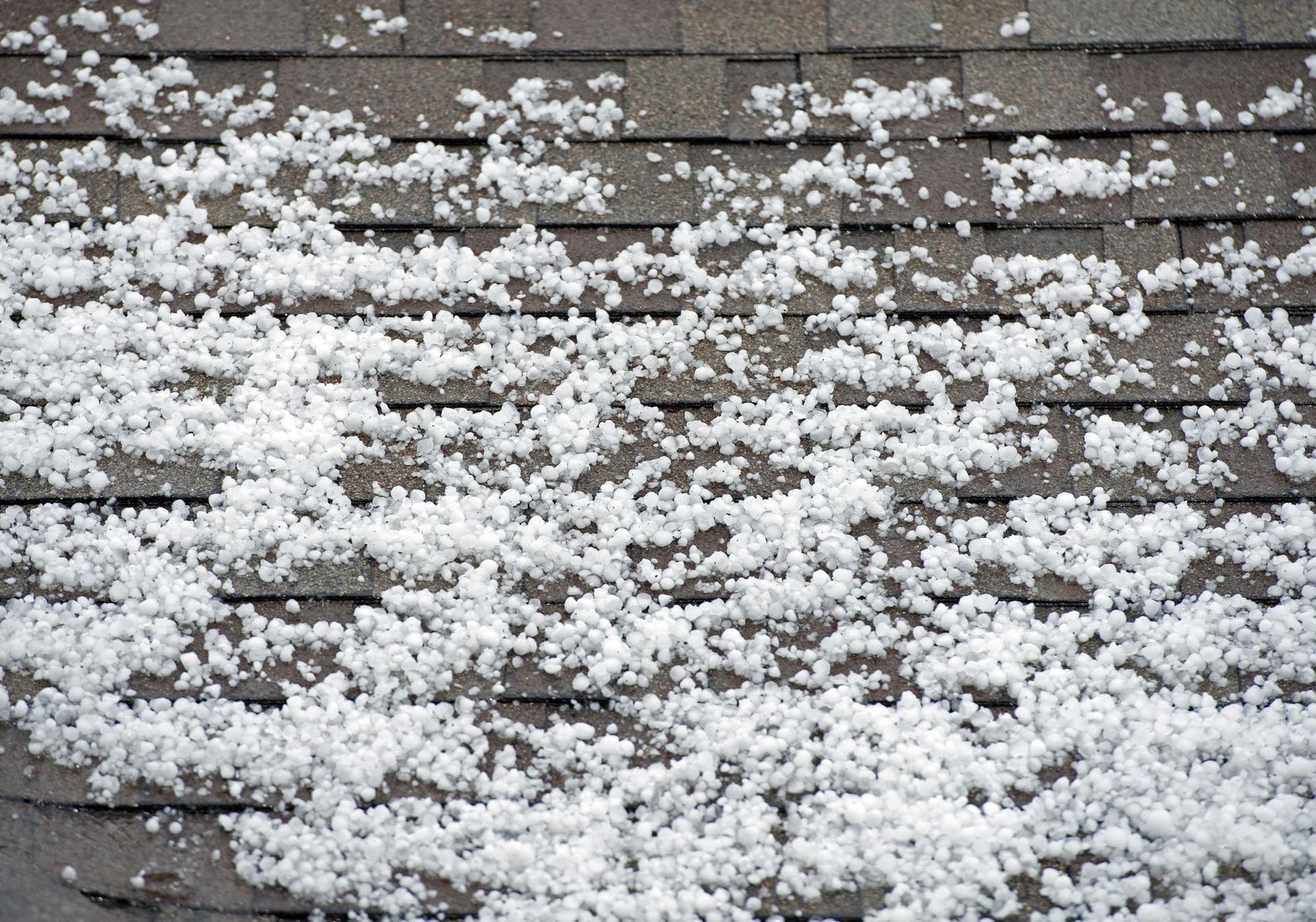
When it comes to extreme weather conditions, hailstorms can be one of the most damaging and costly events that homeowners experience. From shattered windows to dented cars, the effects of a hailstorm can be seen throughout your property. But perhaps one of the most vulnerable areas during a hailstorm is your roof.
As the first line of defense against any type of weather, your roof is constantly exposed to various elements. When hail strikes, it can cause significant damage that compromises the structural integrity of your roof and puts your entire home at risk.
In this blog post, we will take a closer look at how hail damages roofs, the signs of hail damage that you should be aware of, and the steps you can take to protect your roof from future hailstorms.
How Does Hail Damage Roofs?
Hail is formed when small particles of ice are lifted high into the atmosphere by strong updrafts in a thunderstorm. As these particles collide with droplets of water, they become larger and heavier until they eventually fall to the ground as hailstones.
When these hailstones strike your roof at high speeds during a storm, they can cause significant damage. The extent of the damage is influenced by several factors, including the size and density of the hailstones, along with the type and condition of your roofing material.
Here are some common types of hail damage that can occur to your roof:
- Bruising or soft spots on shingles
- Dents, cracks, or tears in metal roofing
- Punctures or holes in flat roofs
- Granule loss on asphalt shingles
Signs of Hail Damage on Your Roof
After a hailstorm, it is crucial to inspect your roof for any signs of damage. Even if the storm was not severe, small hailstones can still cause significant damage over time. Here are some signs that your roof may have been damaged by hail:
Missing Shingles or Tiles
One of the most obvious signs of hail damage is missing shingles or tiles on your roof. This can happen when the force of a hailstone dislodges them from their original position, leaving gaps in your roof that can lead to leaks and further damage.
Dents or Bruising
If you have asphalt shingles, look for bruises or soft spots on the surface. These may appear as small divots or areas where the shingle feels spongy to the touch. For metal roofing, check for dents, cracks, and tears which can compromise its strength and functionality.
Granule Loss
Asphalt shingles are coated with granules that shield them from UV rays and enhance their fire resistance. If you notice a substantial amount of granules in your gutters or downspouts after a hailstorm, it could be a sign that the impact has caused damage to your shingles.
Leaks or Water Stains
After a hailstorm, check inside your home for any signs of water leaks or stains on your ceiling. Even if your roof shows no visible damage, leaks can still occur due to small cracks or punctures that may not be immediately apparent.
Repairing Hail Damage on Your Roof
If you have noticed any signs of hail damage on your roof, it is crucial to take action promptly. Leaving the damage unrepaired can put your home at risk and result in higher repair costs down the line. Here are some steps you can take to repair hail damage on your roof:
Inspect Your Roof
The first step is to inspect your roof for any signs of damage. If you are uncomfortable with climbing onto your roof, hire a professional roofing contractor who has experience working with hail-damaged roofs.
Document the Damage
Take photos or videos of the damage as evidence for insurance claims. This will also help you keep track of any changes that may occur in the future.
Contact Your Insurance Company
Contact your insurance company and file a claim for hail damage. Make sure to provide them with all the necessary documentation, including photos and estimates from roofing contractors.
Schedule Repairs
Once your insurance claim has been approved, schedule repairs with a reputable roofing contractor. Make sure they have experience working with hail-damaged roofs and use quality materials to ensure long-lasting repairs.
Hail damage to your roof can be costly and cause significant headaches, but with the right knowledge and action, you can minimize its impact. By being aware of the signs of damage and taking prompt action to repair it, you can protect your home from further damage and ensure the safety of your family. Contact our team today to learn more.

